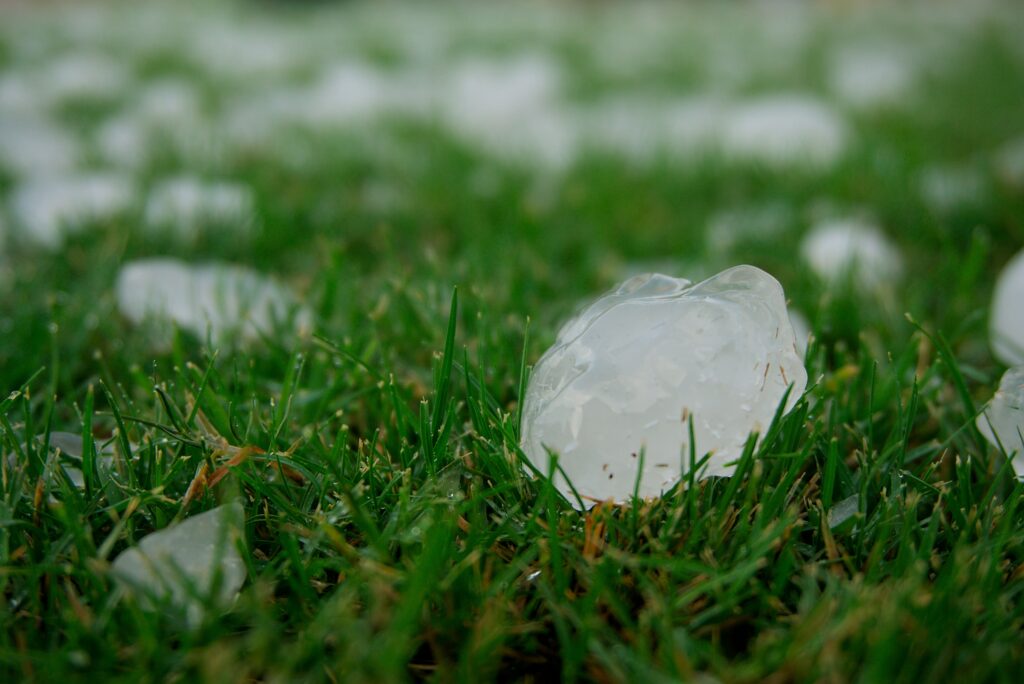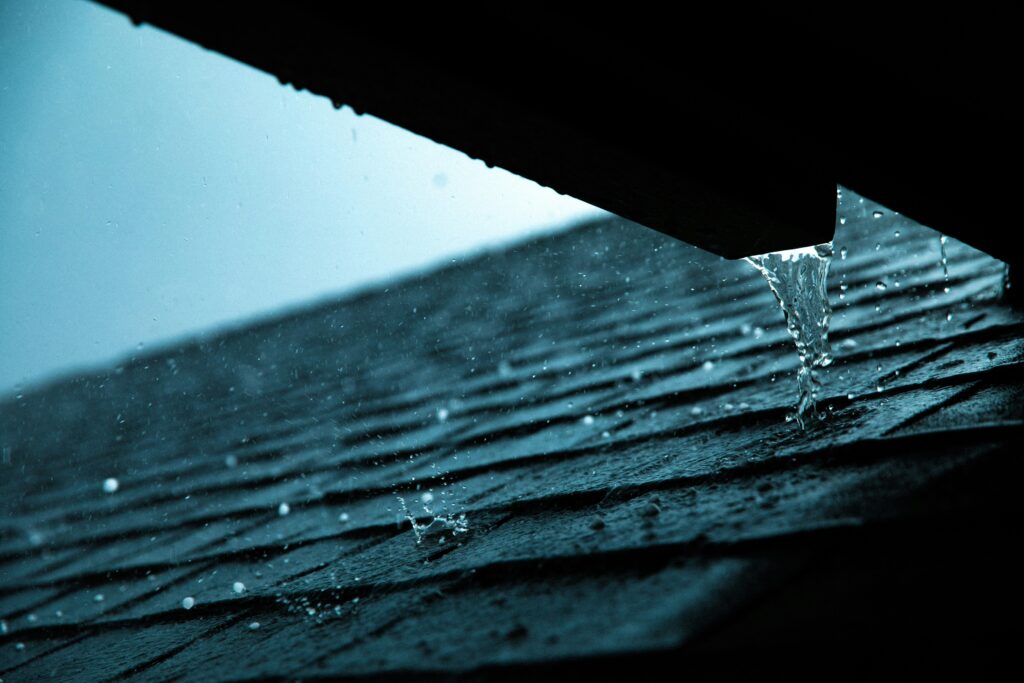Repairing hail-damaged property costs Colorado homeowners and insurance companies billions of dollars. With costs this steep, it’s not surprising that some insurance companies are trying to sneak through loopholes and find other ways to limit payouts to their insured.
One way some companies are trying to limit coverage and reduce claim payouts is through policy exclusions. For hail damage claims in particular, there are a few common exclusions Denver homeowners need to be aware of.
Cosmetic Damage Exclusion
One type of endorsement some insurance companies are including in their policies is referred to as a cosmetic damage exclusion. As the name suggests, damage that is deemed “cosmetic” – by that insurers mean superficial damage that alters the appearance of the roof but does not damage the function of the roof as a moisture barrier – is excluded from coverage.
Hail dings on a metal roof or dents on vent flashing might be considered cosmetic damage as they may allegedly only affect the appearance of the roof. This type of damage would therefore not be covered by a policy that has a cosmetic damage endorsement.
Matching Exclusion
Another policy exclusion we see in Colorado is called a matching exclusion. This type of clause allows insurance companies to replace only the damaged portion of a property without matching the undamaged areas. For example, if just one side of your house sustains hail damage or only a portion of your roof needs to be replaced, the company is not required to replace the other sides to match. This can be frustrating for policyholders because they’re left with either a home with mismatched materials or additional out-of-pocket expenses to achieve a uniform look.
Pre-existing Damage Exclusion
Lastly, if you live in a high-occurrence hail area like we do here in Colorado and there have been multiple storms in recent years but you haven’t made a claim in that time, an insurer may claim that it’s impossible to know which historical hail storm caused this particular damage and use that as an excuse to deny or underpay your claim. This can be even more problematic if you’ve changed insurance companies and it might be someone else’s fault (this is another key reason why you should regularly document the condition of your roof).
Additionally, your insurance provider may claim prejudice from failure to timely report a claim if they’ve insured you for several years because they may say they’ve been deprived the opportunity to investigate each storm’s possible damage during that time. In fact, a lot of policies actually require homeowners to report damage following a storm even if you don’t intend to make a claim.
Contact Us at KK&P Law with Questions
Insurance policies will vary in their exclusions, so it’s critical to review your policy closely and ask questions about areas you don’t understand. Often policy language can be ambiguous, and this can lead to contention between insurers and their insured. At times like this, we advise speaking with an insurance law attorney to ensure you receive the rightful claim payout amount you are legally entitled to. Contact our team at Kandell, Kandell & Petrie Law Firm for insurance claim representation in the greater Denver area and throughout Colorado.



